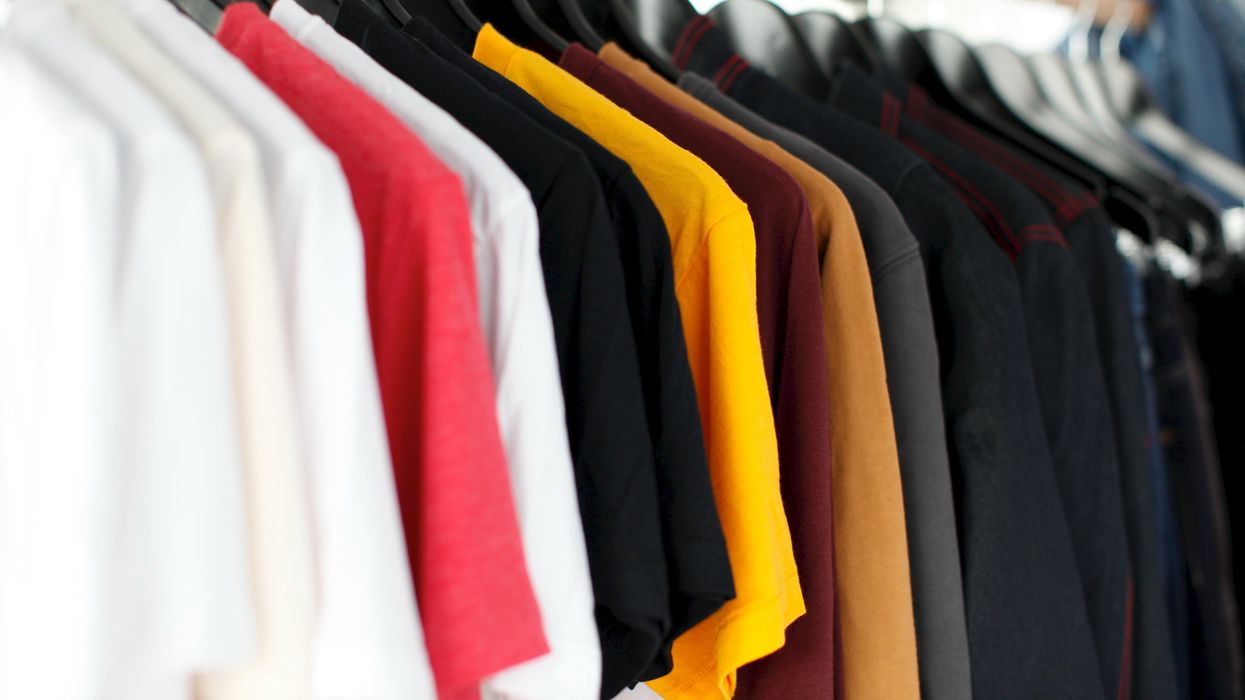Marketing
16 March 2023
Asos to expand retail media network with sponsored search ads
The online fashion retailer is partnering with Criteo to scale advertising through its website and app.

Photo by Parker Burchfield on Unsplash
The online fashion retailer is partnering with Criteo to scale advertising through its website and app.

A top online fashion retailer is poised to expand its retail media network.
The news: Asos is set to partner with Criteo on retail media to provide advertising opportunities for endemic brands across the retailer’s app and website. The three-year agreement is the latest in a series of deals over the last year for Criteo, which is powering retail media networks for a range of retailers, such as Best Buy and Michaels. The network will harness first-party data from Asos to reach customers.
How it works: Asos will provide the following advertising products through its marketplace:
Along with the introduction of Sponsored Ads, the companies said the partnership will lead to improved targeting and measurement. Criteo will also support sales efforts in key markets, as they work together to drive “mid-to-long-tail” brand targets, as well as agency demand.
Initially, the ads will be available in the UK, US, France and Germany,
Key quote from Asos Media Group Director Elton Ollerhead: "The ASOS vision is to become the go-to global destination for fashion-loving 20-somethings and we want to take brands on the journey with us, helping advertisers showcase their products through our fashion lens. Criteo's technology is proven at scale and designed for retail, which opens up enormous opportunity for brand advertisers across our key markets."
In vogue: Retail media is in fashion among advertisers, and this deal shows how it is extending to a variety of retail categories. Asos is bringing Amazon-style search and product advertising to its marketplace, offering a way to reach shoppers right alongside listings by using data that is collected from the people on that site. By 2024, retail media spend is expected to grow to $61.15 billion, and account for nearly 20% of digital ad spending, according to eMarketer. The move to scale through Criteo figures to set Asos up for that coming wave of growth.Labor disputes on the West Coast could cause further disruption heading into peak season.
When the first half of 2023 is complete, imports are expected to dip 22% below last year.
That’s according to new data from the Global Port Tracker, which is compiled monthly by the National Retail Federation and Hackett Associates.
The decline has been building over the entire year, as imports dipped in the winter. With the spring, volume started to rebound. In April, the major ports handled 1.78 million Twenty-Foot Equivalent Units. That was an increase of 9.6% from March. Still it was a decline of 21.3% year over year – reflecting the record cargo hauled in over the spike in consumer demand of 2021 and the inventory glut 2022.
In 2023, consumer spending is remaining resilient with in a strong job market, despite the collision of inflation and interest rates. The economy remains different from pre-pandemic days, but shipping volumes are beginning to once again resemble the time before COVID-19.
“Economists and shipping lines increasingly wonder why the decline in container import demand is so much at odds with continuous growth in consumer demand,” said Hackett Associates Founder Ben Hackett, in a statement. “Import container shipments have returned the pre-pandemic levels seen in 2019 and appear likely to stay there for a while.”
Retailers and logistics professionals alike are looking to the second half of the year for a potential upswing. Peak shipping season occurs in the summer, which is in preparation for peak shopping season over the holidays.
Yet disruption could occur on the West Coast if labor issues can’t be settled. This week, ports from Los Angeles to Seattle reported closures and slowdowns as ongoing union disputes boil over, CNBC reported. NRF called on the Biden administration to intervene.
“Cargo volume is lower than last year but retailers are entering the busiest shipping season of the year bringing in holiday merchandise. The last thing retailers and other shippers need is ongoing disruption at the ports,” aid NRF Vice President for Supply Chain and Customs Policy Jonathan Gold said. “If labor and management can’t reach agreement and operate smoothly and efficiently, retailers will have no choice but to continue to take their cargo to East Coast and Gulf Coast gateways. We continue to urge the administration to step in and help the parties reach an agreement and end the disruptions so operations can return to normal. We’ve had enough unavoidable supply chain issues the past two years. This is not the time for one that can be avoided.”